The filmmaker said he was mainly angry about the rise in violent crime in Hong Kong – at that time, criminal gangs could outgun the police in shoot-outs.
“I felt that crime in Hong Kong was getting out of hand,” he said. “The criminals were stronger than the police, and they were even using hired gunmen from the Philippines. After one crime, the public cheered the criminals. That made me very angry.”
As a result, Woo decided to make a film that had a positive message about justice and featured a hero who was a force for good.
That hero turned into the tough police officer Tequila, played by Chow.
Why Infernal Affairs director’s A Man Called Hero didn’t live up to the hype
Why Infernal Affairs director’s A Man Called Hero didn’t live up to the hype
Woo said he continued to draw on his anger to find the energy to get him through Hard Boiled’s gruelling 123-day shoot.
Poisoned babies
The original idea for the storyline was significantly different to the final film. Leung came on board early on, and was to play a psychopath who murdered babies by poisoning their milk powder in supermarkets – an idea based on a crime that had been committed in Japan.
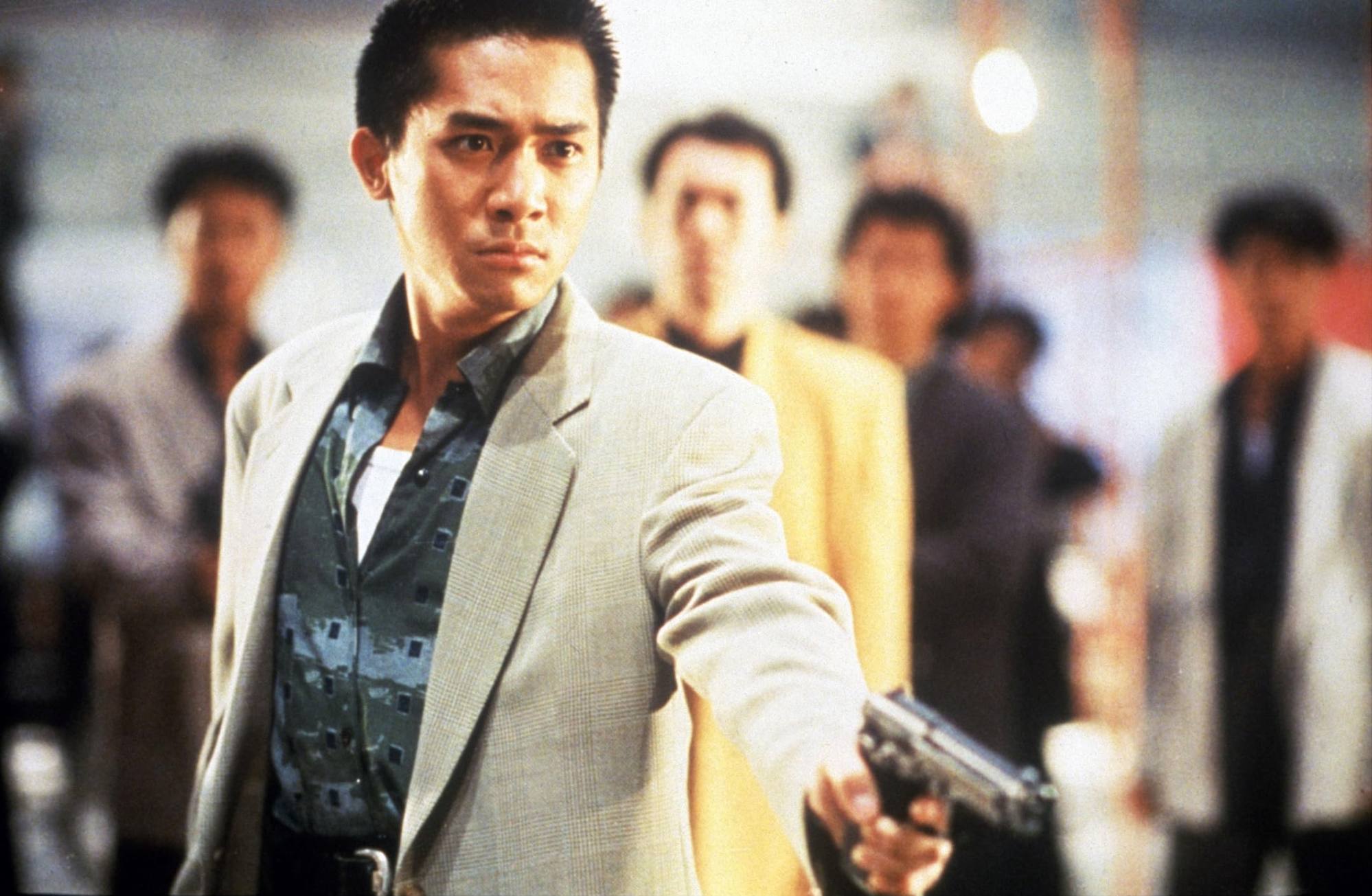
That idea was quickly jettisoned when Woo’s manager, Terence Chang, mentioned it to some Hollywood producers. Chang was pitching Woo as a director in the United States, and he was planning to use Hard Boiled as a calling card.
The American producers said they would not be interested in watching a film about babies getting murdered. So the poisoned babies storyline was dropped, although a bunch of babies do still show up in the film’s denouement.
The story was also changed out of consideration for Tony Leung. “Tony was not at the height of his career at that time, and we thought it wasn’t a good move for him to play a killer,” Woo said. “So we had the idea of him playing an undercover cop.”
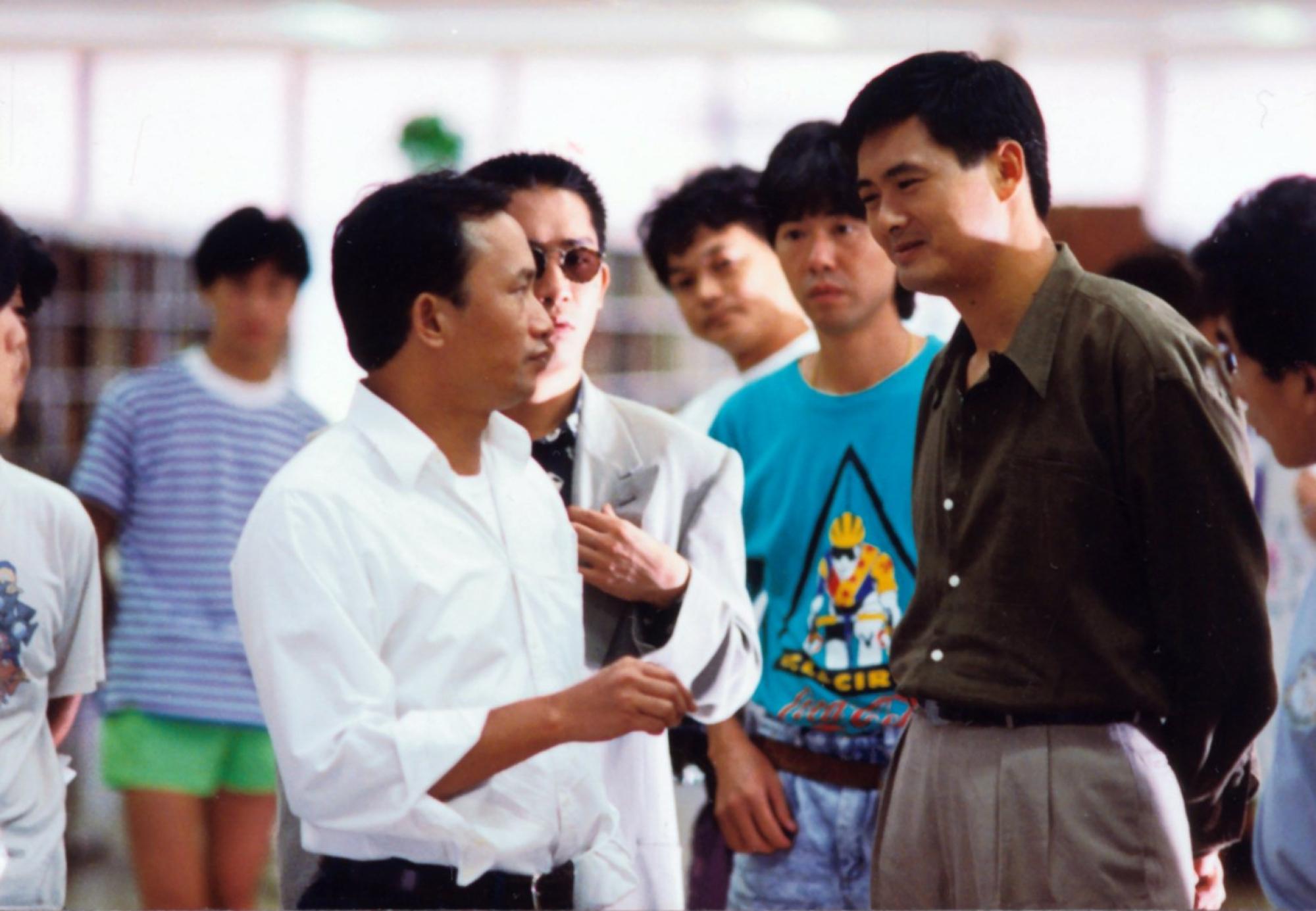
Wong began working on a script based on a real-life undercover policeman who had become so enmeshed in the triads, he could not get out. But the writer died on holiday in Germany before the script was completed.
Only the first third of the film was scripted in advance, and Woo had to write the rest of it himself during the shoot, referring to Wong’s outline.
How filming Hard Target taught John Woo some hard lessons about Hollywood
How filming Hard Target taught John Woo some hard lessons about Hollywood
Die harder
John McTiernan’s classic 1988 action film Die Hard, which starred Bruce Willis as a lone police officer trying to take out a group of hi-tech criminals inside a skyscraper, changed the way that action films were made the world over.
As Chang was trying to get Woo work in Hollywood, he wanted the director to put some elements of Die Hard into Hard Boiled.
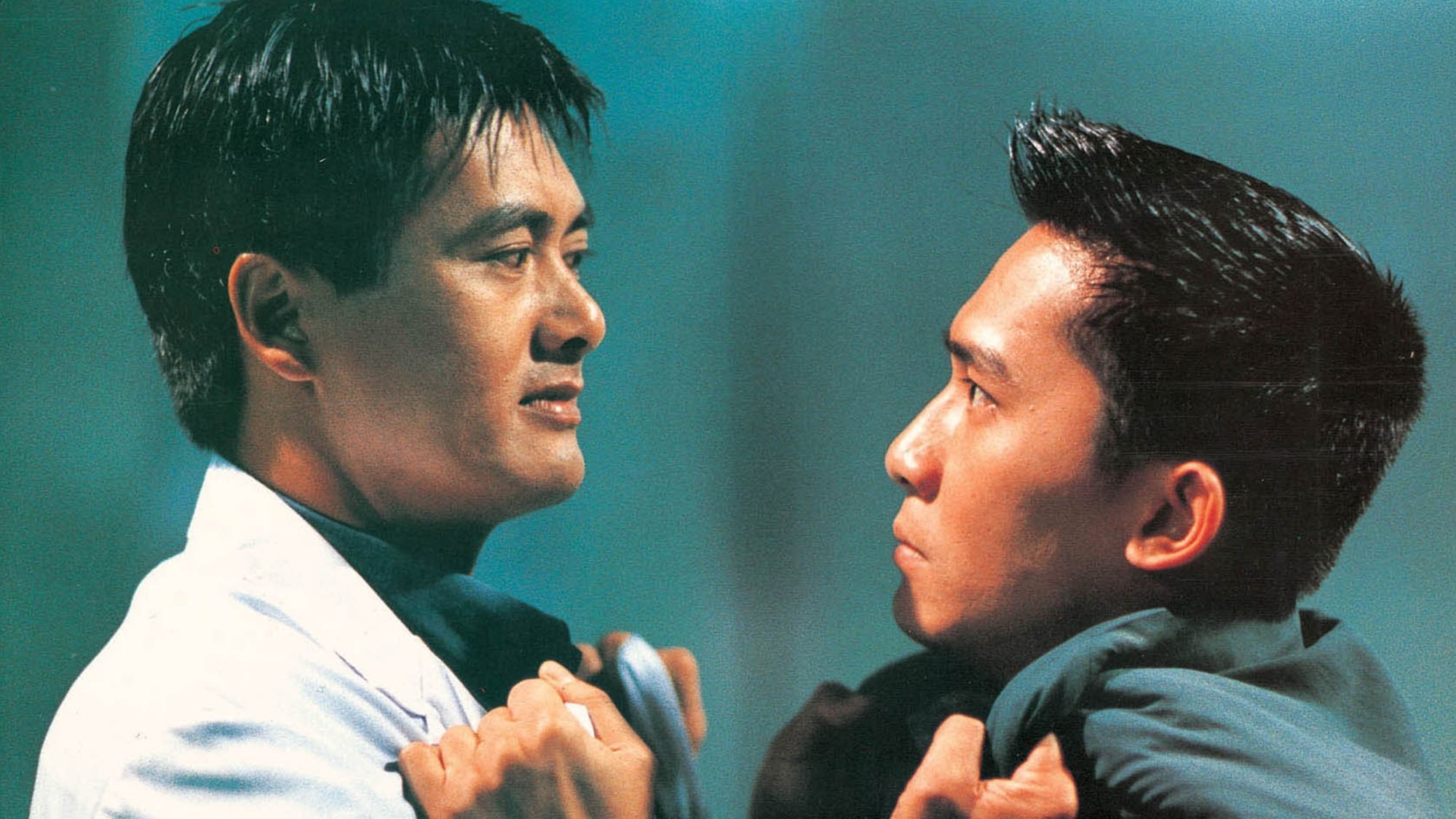
“Die Hard changed action, it was everywhere,” said Chang. “Everyone was trying to do a Die Hard, and John was thinking about it, too. Die Hard in a building, Die Hard in a plane … ours was Die Hard in a hospital.”
Keeping it (un)real
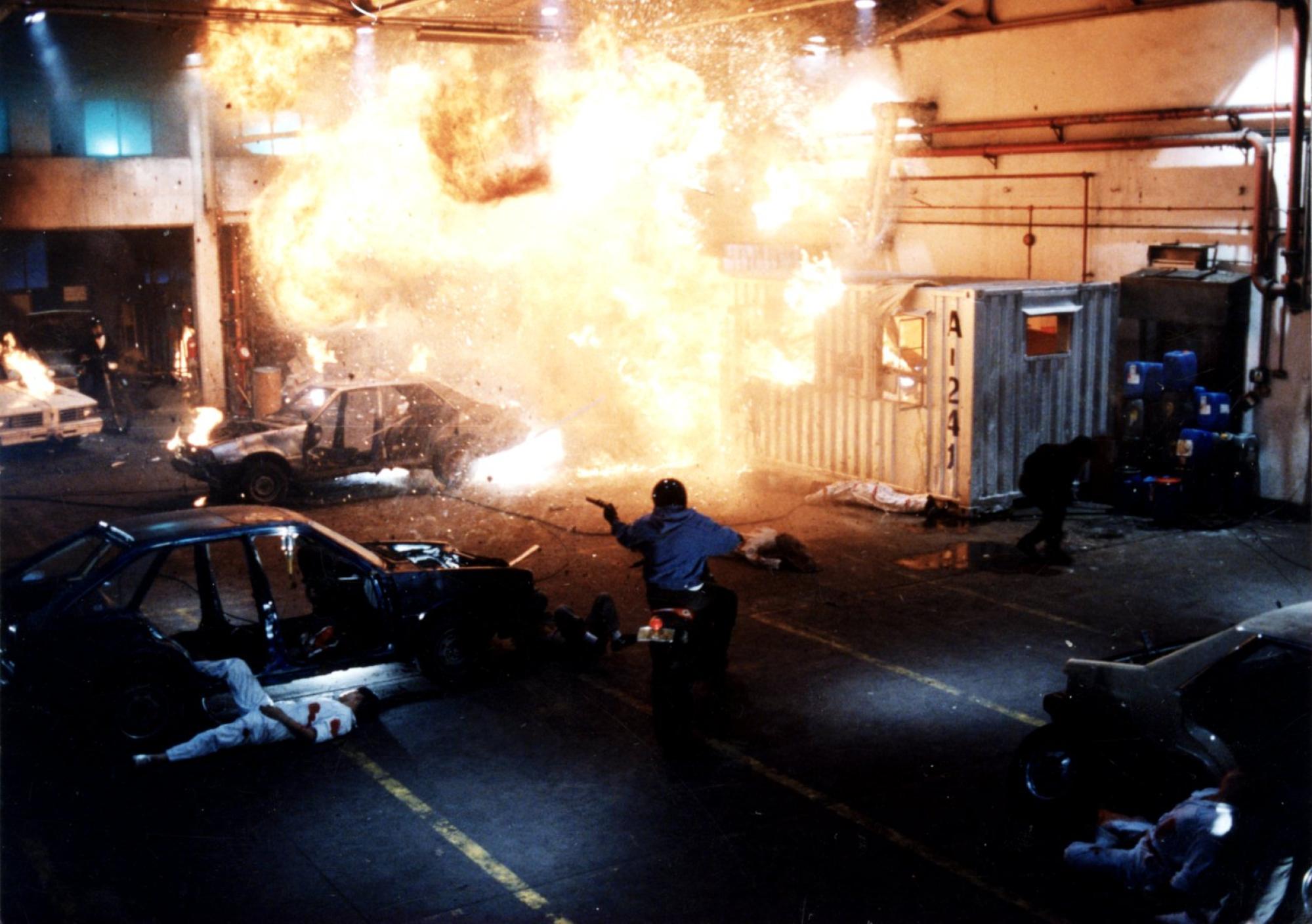
“I wanted it to be different from The Killer, without any stylised shots, and without any stylised editing. It was to be very straightforward. I just wanted to show my point of view about crime, about society,” Woo said.
But everything changed as soon as he started filming. “As soon as I got to the set, I forgot all of that,” said Woo, who quickly returned to working with his trademark stylistics.
“Originally, I was not going to use slow motion – I was going to keep it real. But when I started shooting the library scene, I couldn’t help using slow motion. Tony Leung looked so elegant and charming, I thought slow motion was the best way to introduce him.”
The weirder the better: John Woo on creating characters for his comic films
The weirder the better: John Woo on creating characters for his comic films
Tea and sympathy
The classic action scene, the shoot-out in the teahouse which opens the film, was filmed before the script was written, and Woo did not know how the story would continue afterwards.
Chang and Woo thought that the Wan Loy Teahouse on Bird Street in Mong Kok would make a great location for the opening scene, but it was due for demolition, as the area was being redeveloped for the Langham Place project. So they quickly signed a crew and rushed to film the scene in a week, finishing just before the power was turned off.
The scene, which Woo coordinated with action director Philip Kwok Chun-fung, was classic Woo, with slow motion, wire-assisted leaps and a clever mix of camera angles.
But one part of an action scene in hospital where the final third of the film is set was shot in a completely different style, as Woo wanted to give his audience something new.
The scene, in which Chow and Leung blast criminals as they run through a floor of a hospital, dive into a lift and then rush out to continue fighting on another floor, was all shot in one take. All of the stunts were performed live, a feat of teamwork that demanded intense cooperation between director, stuntmen, cast and crew.
Woo was disillusioned when the first take had to be abandoned because the lift door failed to shut properly, ruining the whole sequence. But the crew were extremely excited about the shot and encouraged him to continue with it.
The shot took four days to get right. Interestingly, when the door of the lift opens to reveal a new floor, it is really the same floor – the crew quickly redecorated the set in real time while Chow and Leung talked in the stationary lift.
Fearless
Woo knew what he wanted from his action scenes, and controlled the camera movements. But he needed his action choreographer, Philip Kwok, to realise those ideas.
John Woo wuxia film that paved the way for A Better Tomorrow and more
John Woo wuxia film that paved the way for A Better Tomorrow and more
For Hard Boiled, Kwok not only choreographed the stunts but performed them if the stuntmen thought they were too dangerous. It is Kwok who catches fire when the motorcycle slides on to its side in the big gang fight in the middle of the film, for instance.
Woo liked and admired Kwok, and called him “fearless”. He gave him a solid supporting role as the villain Mad Dog in Hard Boiled, so he could direct him.
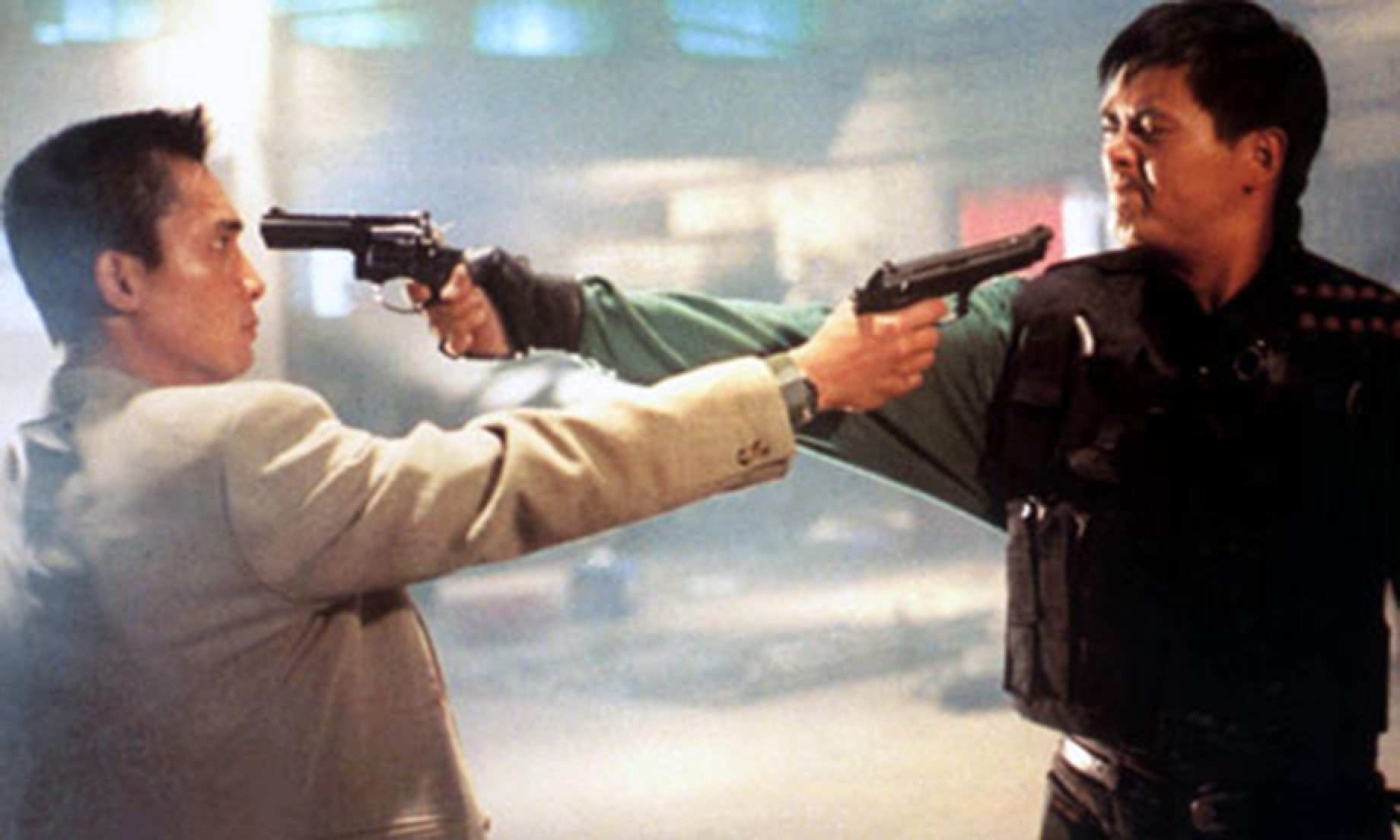
In this regular feature series on the best of Hong Kong cinema, we examine the legacy of classic films, re-evaluate the careers of its greatest stars, and revisit some of the lesser-known aspects of the beloved industry.

